‘Butt out, but don’t litter!’
Geneva could become the cleanest city in the world, resident Vijay Raju argues, if smokers would dispose of their butts properly. After studying the problem for months, he provides some fascinating observations and offers a few practical solutions.

I moved to Geneva in February 2013. It took three months for my family to get their visa. During this time, I went back to India once and told them great things about Switzerland. When my family arrived and came out of the airport, the first thing my son said was, “You said Switzerland is clean. It’s not true. Singapore is cleaner. Look how dirty it is.” He was pointing to the cigarette butts littering the ground and I was stunned by his observation.
After a month or so, he was putting a small piece of chalk in his mouth to imitate a smoker. He had seen his friend’s mother smoking in the park and the five-year-old thought that this is fine since many people smoke here. Since I don’t want my kids to smoke and spoil their health, I wanted to do something.
As a first step, I got some gloves and took my kids to clean the tram station nearby. I was a little apprehensive about this but overcame my resistance and started picking up cigarette butts. Within half an hour, we collected around 500 grams of litter and cleaned the entire platform.

We kept a couple of pieces and went home, where I dropped the remains in a glass of water. I showed my children how the water turns colour. I educated them that this is how the water in our body will become affected, and showed them pictures of smokers’ lungs. They said they were ‘yucky’. I started to feel good, seeing their dislike for cigarettes and smoking.
Over the next eight to 12 months, I began studying the problem. Every Saturday I would spend two hours in Gare Cornavin (Geneva’s main railway station) and observe how people smoke and how they dispose of their cigarettes. During this time, I found a friend, Amin Khosravi, who is an urban designer and who had a passion for solving wicked problems like this one. We both shared our observations and spent hours brainstorming how we could solve the problem.
Problem No.1: Bins
Lack of a standard design: If we step into a smoker’s shoes, we realise how the confusion caused by the lack of a unified design in Geneva may affect how he or she disposes of litter. There should be one standard design for all the cigarette receptacles in Geneva so that smokers will more likely and quickly recognise ways to responsibly dispose of their cigarettes.
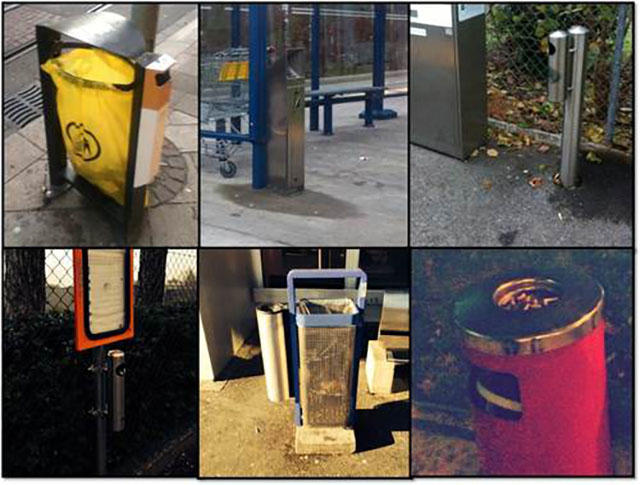
Size of the opening: The size of the opening of the ash receptacles is small and that stops the smoker from using the bin because of fear of getting hurt or getting some ash waste onto their hand. The opening of the cigarette receptacle needs to be bigger. I found this simple and cost-effective design across the border in France. This receptacle has several advantages. It has a big opening and it is placed at knee height. The advantage of this receptacle is that ‘throwing’ behaviour need not be altered as it is simple to drop and go.
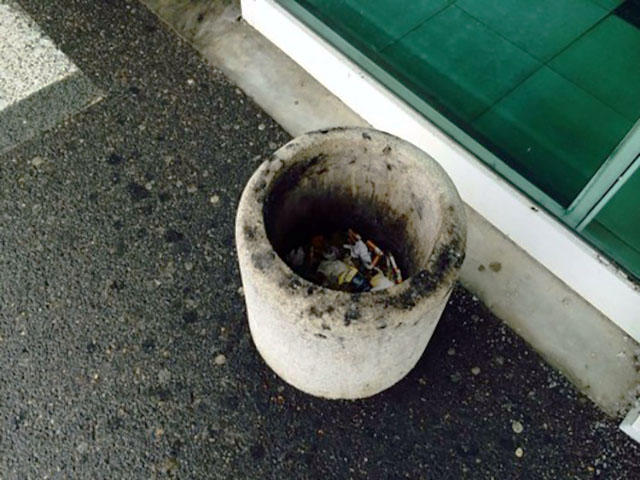
Placement of the bins: Most of the tram stations have one cigarette receptacle on each platform and we need to check whether increasing the number of receptacles reduces littering significantly. Increasing access need not necessarily mean creating more bins; it could be a design factor that allows increased access at the same cost.
When the platform is crowded, there is no way the smoker can access the ash receptacle:

With the bins placed at the two corners of the platform and smokers in the middle, they will not make the effort to walk that far to drop the cigarette litter:
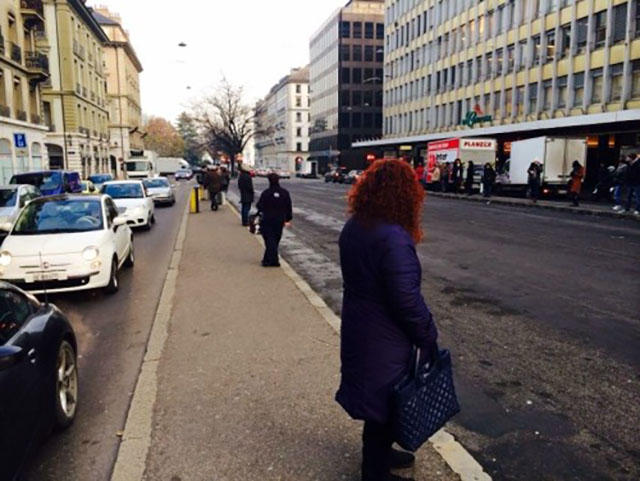
Problem No. 2: Types of smokers
Designing an ash receptacle and placing it in the station has several inbuilt assumptions. We assume that smokers know where the bin is and that they have the time to dispose of their cigarettes properly. It is important to understand how many different types of smokers exist in order to design solutions for them.
I started observing hundreds of people over a six- to eight-month period and I found five broad categories of smoker.
Responsible smokers
These smokers ensure their cigarettes are disposed of in the right places. They plan ahead and stand near the ash bin. In some cases, they even search for the bins from the other end of the platform, find them and dispose of the butts. Around 10% of the people in my study belong to this category.
Conscious smokers
These smokers are conscious of the effects of the litter and don’t want to drop it on the ground. They don’t drop their waste onto the ground but extinguish the cigarette on top of the bin’s metal bar and leave it there. With good bin design, they can be converted into responsible smokers. Around 30% of the people in my study belong to this category.
Busy bees
These people do multiple things while smoking such as talking to a friend or looking at their phones. They start looking around for a bin when the tram approaches and in the absence of a bin close at hand, they drop the cigarette and board the tram. Of the smokers in my study, 40%-50% are in this category. A visual cue or an attractive bin with lights or a bin on the door of the trams could nudge them to dispose of their cigarettes properly.
Immobile smokers
These smokers usually sit on a bench lost in thought, or are elderly people who are not very mobile. They are too lazy to reach the bin to dispose of the cigarette and drop it on the ground when they see the tram approaching. Some 5%-10% belong to this category.
Disregarding smokers
These smokers will drop the litter on the ground regardless of availability of bins nearby or the need to catch a tram urgently. They could have all the time in the world to dispose of a cigarette but choose to throw it on the ground. This group accounts for 5%-10% of the people I observed.
Based on the above categories of smokers, it is clear that it is not easy to design a solution that works for everyone. Much thought needs to go into developing an optimal solution that will solve the problem to the maximum extent.
Problem No. 3: Responsible design
When I read in a news article that a large tobacco company had given out hundreds of disposable ashtrays to smokers as part of a corporate social responsibility initiative, I was extremely disappointed that cigarette companies adopt overly simplistic solutions without investing in R&D to solve the problem.
Almost all my friends who are smokers hate the smell of cigarettes just like me. Nobody wants to carry that odour with them, which is what a disposable ashtray essentially does. The company should have done a follow-up study to see how many people actually used the disposable ash pouches. It is very easy to infer that this is not a scalable and sustainable solution but rather a simplistic one that really doesn’t empathise with the smoker.
But I found another small, unrelated business making efforts with a responsible package design.
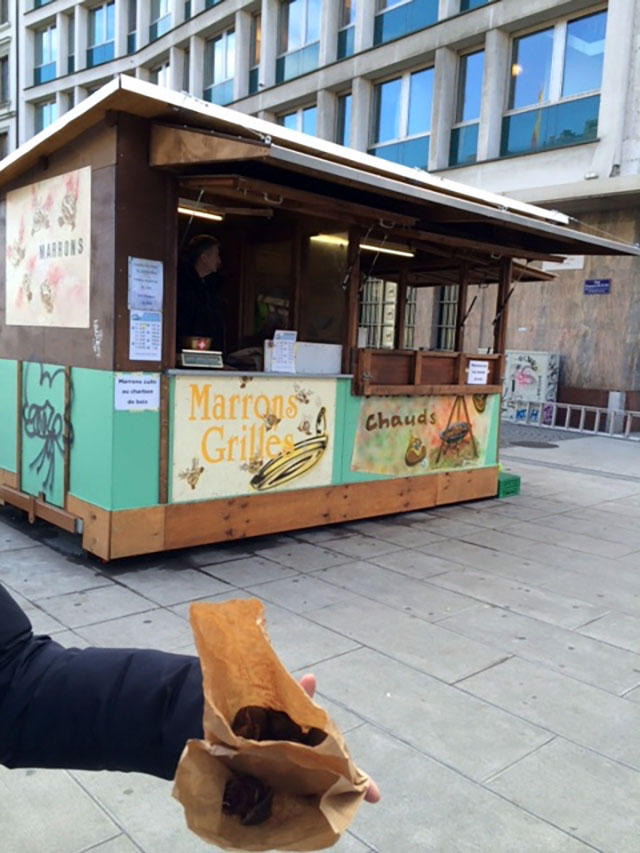
Every winter, chestnut vendors pop up everywhere in Geneva. The nuts are roasted which makes the peel crispy and the nuts inside soft. One of the challenges of eating this delicacy is what to do with the shell afterwards. To help customers eat on the go, vendors serve them in a brown bag designed to keep the unopened, roasted chestnuts on one side and the waste on the other. This enables people to eat on the go, collect the waste and dispose of it properly in a bin instead of discarding it on the pavement.
Why did chestnut sellers address this problem? Their responsibility ends after they’ve sold their product. After all, the shells are organic and don’t have a negative environmental impact if dropped on the street. If low-earning chestnut vendors can exhibit responsible behaviour, why can’t multinational tobacco companies create cigarette packaging that enables smokers to collect and dispose of their butts?
So much money is dumped into branding and making cigarette packaging attractive, but has any effort been put into creating innovative designs to prevent littering?
If a smoker can be convinced to hold onto the butt long enough until it can be disposed of properly, then there is a chance of solving the problem. Tobacco companies need to invest in packaging design. They may find creative ways to eliminate cigarette smell through scented packages or packaging that absorbs odours, or any solution that will make it more convenient to carry the butt a little longer.
‘Nudging’ behaviour for near-term solutions
To solve the cigarette litter problem, we don’t have to reinvent the wheel. We can learn from other countries on how they tried to tackle this problem.

One of the first steps could be to target the “conscious smoker” by providing him with ash receptacles that are available, visible and accessible. This kind of smoker is already trying not to throw butts on the ground. Then we can think of how to target the “busy bees”.
While trying to change behaviour, we should take insights from the book ‘Nudge’ that explains how to use behavioural economics and design to influence positive outcomes. The British government recently formed a Behavioural Insights Team (informally called the Nudge Unit) to apply Nudge theory to government policy.
Imposing fines and social media shaming are other ways of dealing with this problem. But all these solutions need to coexist and will be less effective individually.
Recently, I met Tom Szaky, CEO of Terracycle, a leading waste recycling company. He suggested that instead of talking about disposal in a “negative” framing, we can invite smokers to “recycle” butts – a positive framing that reduces the guilt associated with smoking. Szaky’s efforts are already yielding positive outcomes in cities like Vancouver and New Orleans and other cities around the world where his team has installed recycling ash bins that have collected over 25 million tonnes of discarded cigarettes since 2012.
I have also had the opportunity to discuss my findings with the mayor of Geneva, Guillaume Barazzone, who was very generous with his time and very open to my ideas. I am in constant touch with him about how we can create a city free of cigarette litter.
Switzerland is an extraordinary country and is an inspiration to me in many ways. I think it is in the hands of all the citizens to move Geneva from a relatively clean city to a reputation for being the cleanest city in the world.
Vijay Raju
Vijay Raju is the lead for the Forum Members Community and a Global Leadership Fellow 2012 at the World Economic Forum.
Raju was formerly a management consultant, venture builder and an expert in computer animation.
He is an avid writer on topics of innovation, leadership, spirituality and India. His TEDx talk can be found hereExternal link. Follow him on Twitter @vijayraju000
Opinion series
swissinfo.ch publishes op-ed articles by contributors writing on a wide range of topics – Swiss issues or those that impact Switzerland. The selection of articles presents a diversity of opinions designed to enrich the debate on the issues discussed.

In compliance with the JTI standards
More: SWI swissinfo.ch certified by the Journalism Trust Initiative











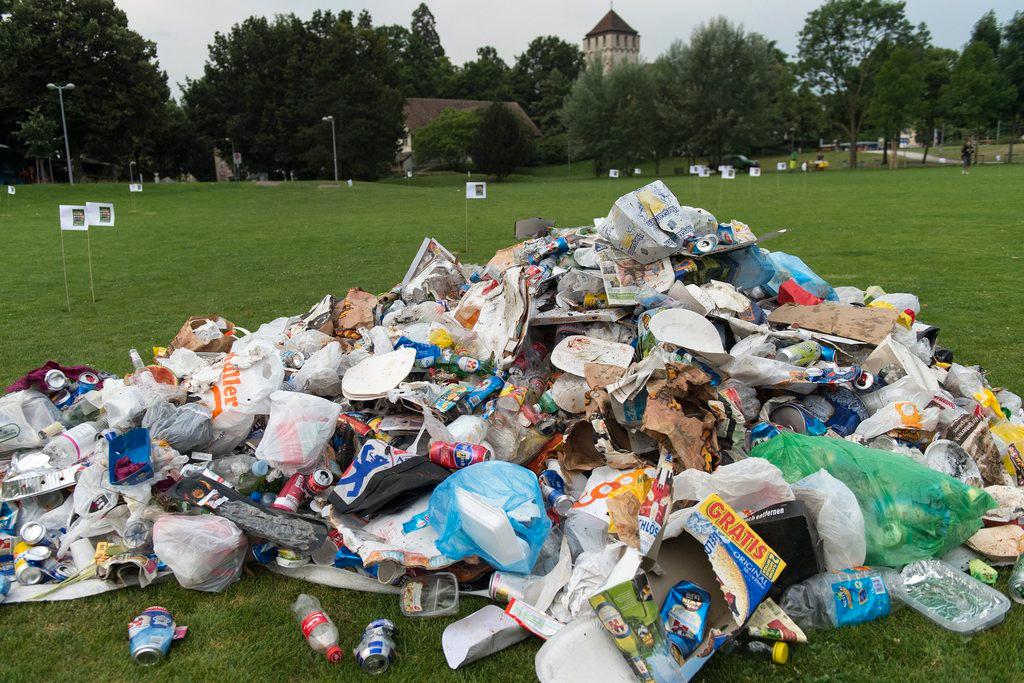
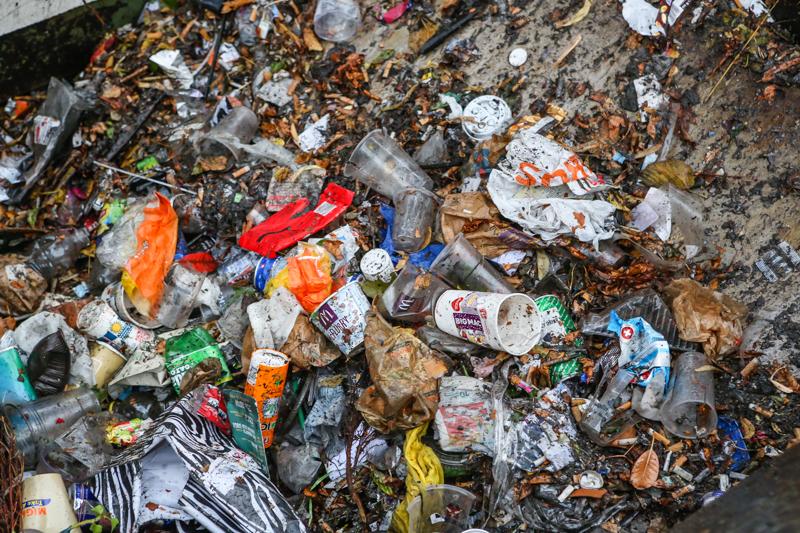
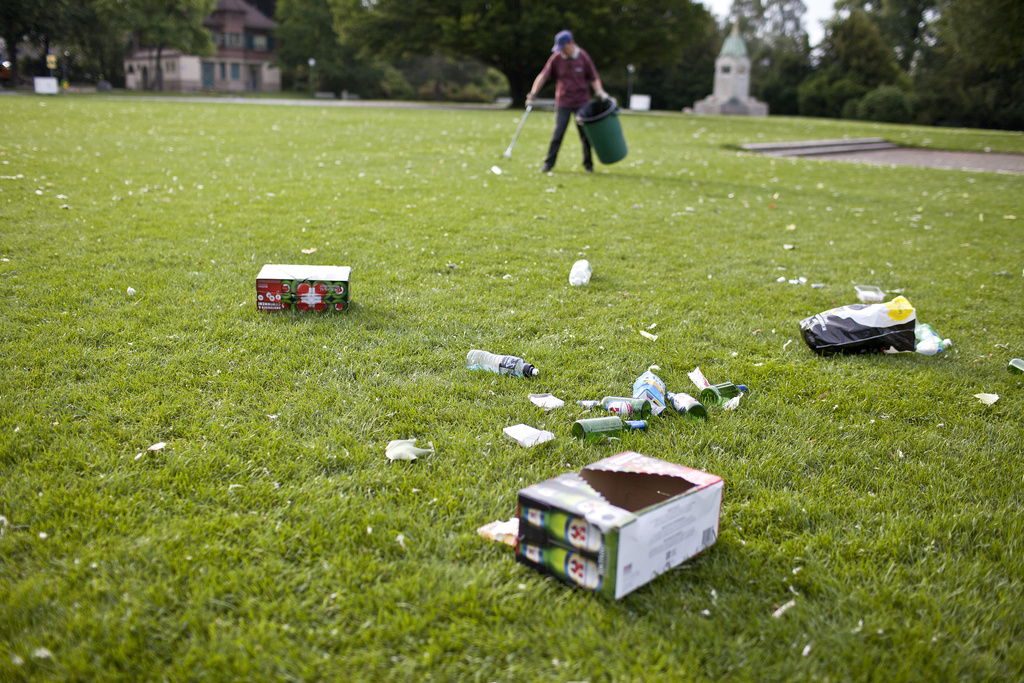
You can find an overview of ongoing debates with our journalists here . Please join us!
If you want to start a conversation about a topic raised in this article or want to report factual errors, email us at english@swissinfo.ch.